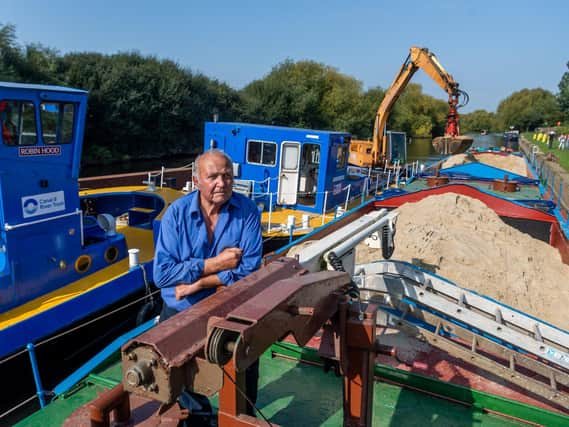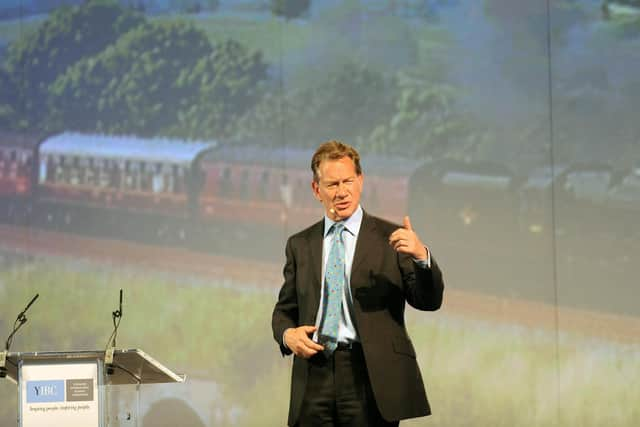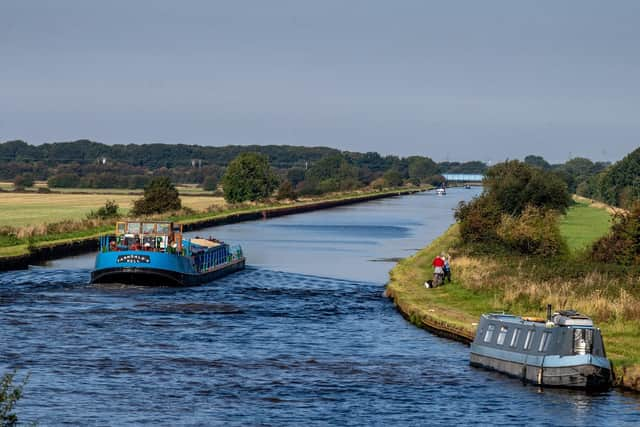Great British Railway Journeys presenter Michael Portillo filmed getting 'Tom Pudding' history lesson on Yorkshire barge


Mr Branford was joined by the former politician and presenter who has made 100 programmes in the series Great British Railway Journeys and Great Continental Railway Journeys for BBC2.
Introduced in 1863 and used until 1985, the tub boats were a very efficient means of transferring and transporting coal and Mr Branford, 76, one of the few remaining commercial operators on the region’s waterways, remembers them well.
Advertisement
Hide AdAdvertisement
Hide AdMr Branford said the presenter, who came on board at Pollington Lock for the hour-and-a-half trip down to Goole Docks, seemed a bit apprehensive at first.


Mr Branford said: “He said: ‘Do you have a bathroom? He thought he was coming on a coal hulk. He was alright once we broke the ice. When I got talking to him he said I had a nice barge.”
The fifth-generation operator recalled the heyday of Tom Puddings which could pull up to 19 “pans” (compartment boats) of coal, which were lifted out of the water at Goole, and turned upside down into a chute, straight into the hold of seagoing ships, headed for all parts of the world.
He said: “Ships could come in and out on the next tide. There used to be 1,500 pans moored all over Goole Docks.
Advertisement
Hide AdAdvertisement
Hide Ad"If they went up to Leeds they could pull up to 19 pans - if it was Doncaster only 17 - the reason was the length of the locks. When I was a lad there was always steam marks, black marks like trains that used to go under the bridges.


“They were really efficient, they must have moved millions of tonnes of coal.”
The Branford family was operating barges before the Aire and Calder Navigation was built in 1823.
Stories passed down over the generations say they started out taking barges to Hull to pick up china clay and Belgian sand before returning to the potteries and glassworks in Knottingley, Ferrybridge and Castleford.
Advertisement
Hide AdAdvertisement
Hide AdJohn Branford's great grandfather John owned a fleet of 35 barges and his own shipyard in Knottingley and two lots of stables for the horses which pulled the vessels.
He had one of the first steam-operated barges called The Messenger, which went Portland Bill and picked up stone for building lighthouses.
Mr Branford still has his indentures, which stipulate: "He shall not commit fornication nor contract matrimony within the said term. He shall not play at cards or dice tables... he shall not haunt taverns or playhouses"